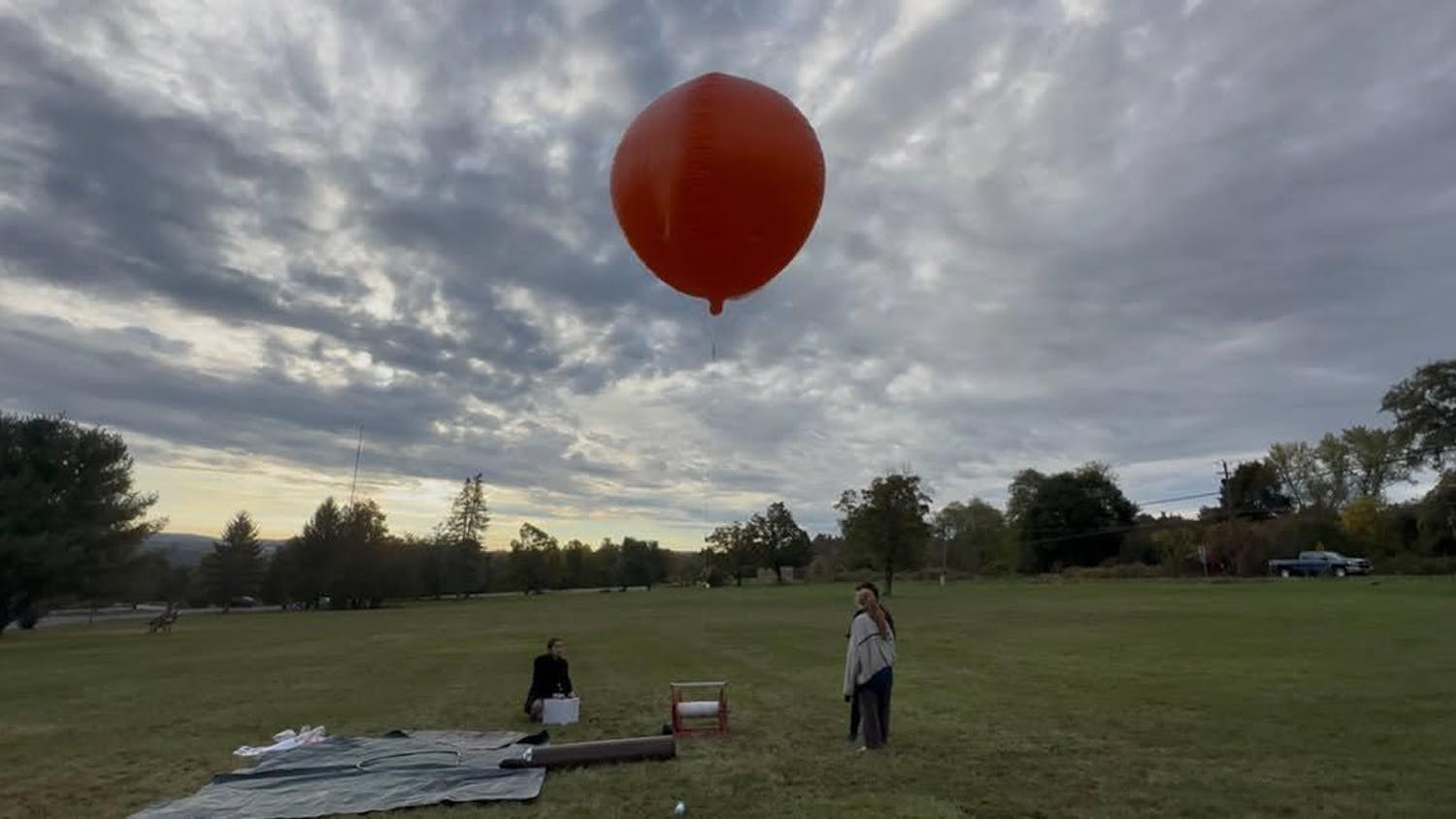Over the break I was introduced to a whole genre of music and dance I had no idea existed. A friend told me about this movement called Kuduro (pronounced koo-doo-roo), which is centered in Angola, West Africa, a former Portuguese colony, and in Lisbon, where many Angolans are now living. There are conflicting stories about where the style got its name: kuduro purportedly means “hard ass” or “stiff bottom” in Portuguese, the official language of Angola. It is also said to have a meaning in the Northern Angolan language Kimbundu, but I’m not sure what that is. The music takes inspiration from and shares characteristics with House, Soca, Techno, Dancehall and a lot of other genres. It’s sung/rapped mostly in Angolan Portuguese, but, especially as its popularity is growing both in Europe and in Africa, more people are producing and performing Kuduro in their own languages. The most mainstream analogy I can make is that the beats are like those heard on some M.I.A. tracks, the sort of low-fi beats that sound like they’re made by trash can lids. M.I.A. actually has worked directly with the Lisbon-based Angolan band Buraka Som Sistema on the song “Sound of Kuduro.” As for the dancing, it is, like many nascent and solidified dance forms in the African and hip-hop diasporas, a mess of appropriation, evolution and cultural exchange, the directionality of which is nearly impossible to determine. But at a cursory glance, Kuduro looks like someone took popping, locking, krumping, clowning, bboying, raving, dancehall, salsa, traditional West African dance and soccer playing, mixed it up with the requisite amount of boasting, playacting and hyper-sensuality (and I mean hyper), put it in the circle and let it battle. Check it out on YouTube and Dancejams — there’re a lot of really amazing clips, many of them featuring adorably small children who are ridiculously good. It’s not to be missed.
Do You Kuduro? Dancing to the Rhythm of Angola
Reading time: about 2 minutes
Read More










